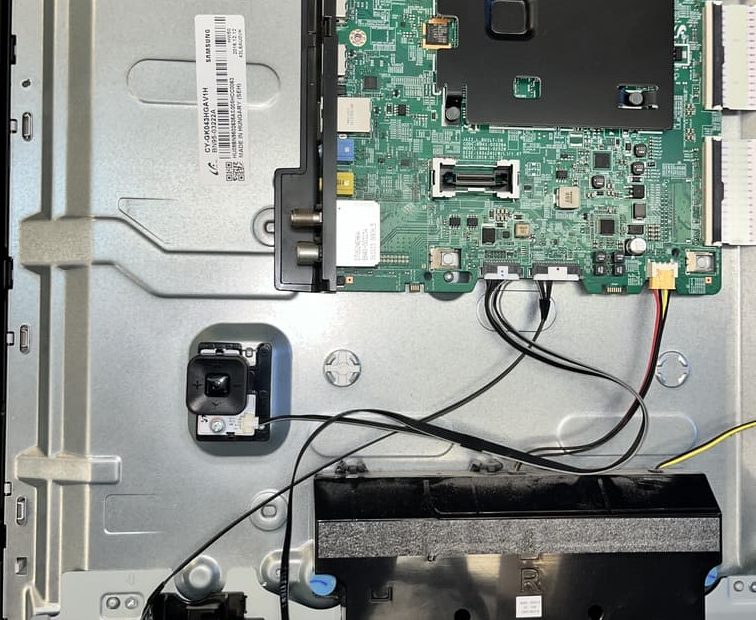No video
If your TV screen is dark, check the LED indicator for signs of power. If the indicator does not light up, there is no sound or other signs of power, make sure that the power cord is firmly connected and that you do not need to reset the safety switch.
If the TV is on but still doesn't show a picture, switch between different sources or inputs. If the problem persists, check the power to your source device (e.g. cable box, PlayStation or Xbox, Apple TV, Roku, etc.). Make sure your source is firmly connected to your TV using a suitable cable such as HDMI.
If possible, it's also worth trying a different source device or a different HDMI cable to make sure the problem is with the TV. You can also try another input on the TV. Sometimes the HDMI 1 input can fail, but HDMI 2 works fine.
If you have identified the problem with your TV and are sure that your sources and cables are working properly, you should contact your TV manufacturer, warranty provider or repairer.
Audio and video synchronisation does not match
Delayed sound creates an annoying TV viewing experience. You may experience this problem with both the TV's built-in speakers and an external speaker such as a sound bar.
To determine if the problem is with the TV, the source device or the broadcast, change the channel and check if the problem persists. If not, the channel with the delayed sound will probably resolve itself.
If you notice mismatched audio synchronisation regardless of the cable channel, but other sources work fine, adjust the audio delay in your cable box settings. If the audio problem persists in any case - cable, streaming equipment, games consoles - you will need to adjust the audio delay on the TV itself.
Image pixelisation
Pixelation is a common problem. Sometimes you can't do anything about it because it's a problem with the broadcast, not with your TV. If you notice frequent pixelation problems on several channels, check that all cable connections are secure. You can also turn off the cable box or other device, wait a minute and turn it back on.
If pixelation problems persist only on cable channels, please contact your cable provider. If they persist across sources, contact your TV manufacturer or warranty provider.
Dark, distorted or blurred image
Use the methods described above to solve poor image quality problems. If darkness, colour distortion or image distortion is only visible on one channel, the problem is likely to resolve in a short time. If you notice it everywhere, you will have to "play around" with the TV's picture settings. If you think a setting has been changed accidentally, most TV models have a "restore default settings" option.
The "soap opera" effect
What people call the "soap opera effect" is actually the smoothing of movement. Different TV models and manufacturers may use slightly different terms such as Auto Motion Plus (Samsung) or TruMotion (LG). This strange effect occurs when your TV simulates a higher frame rate when the source is displayed at the standard 24 or 30 frames per second.
This setting may be suitable for some content, such as sports broadcasts. However, most people find it distracting. Just go to your TV's video settings menu and turn it off.
TV Extended Warranty Protectiona
If you have a problem with your TV that requires an actual repair, you can ask the manufacturer to fix the problem while the TV is still under warranty. However, if the warranty has expired, you will have to pay out of your own pocket.

